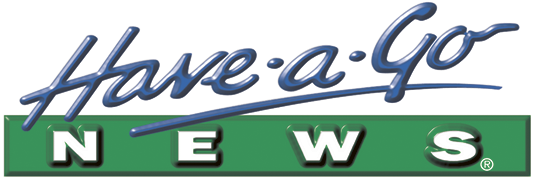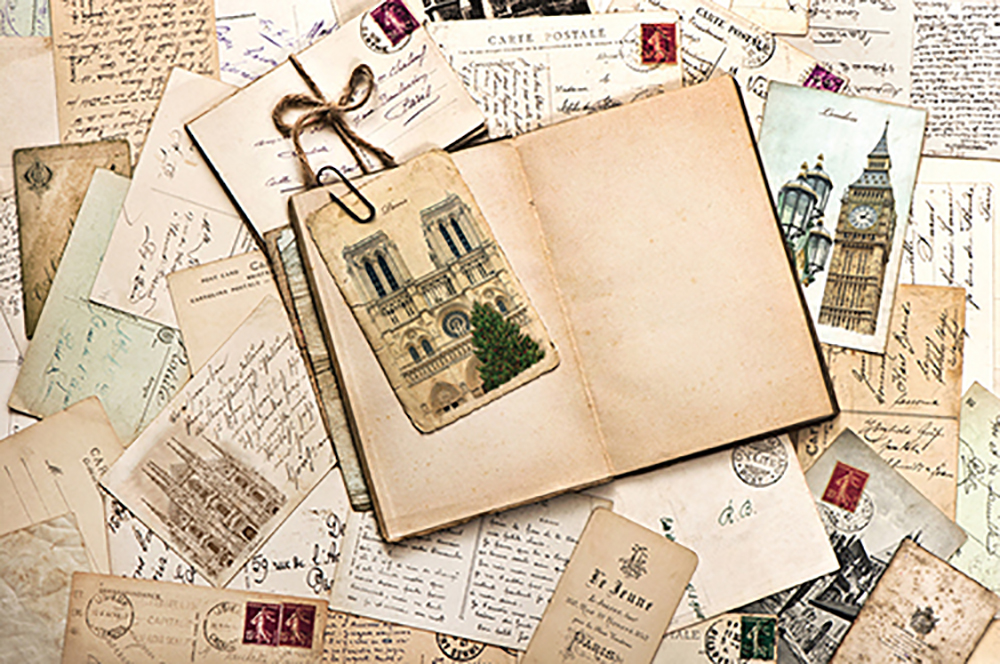MANY of us are interested in our ancestry, especially as we get older and no members of earlier generations are around to retell the family history.
The prime resources, available in most European countries, are records of births, marriages and death during the previous 300 years and often two hundred years of census data.
Other sources of information include military, criminal and shipping records.
However you may have to do some guessing because many people have the same surname and some surnames appear in the records with a range of spellings depending on the literacy of the person who made the record.
All these are accessible via ancestry websites, usually for a fee.
However for information about your more remote ancestry you need dig into your DNA to provide independent information of your ethnic background.
In recent years DNA tests have become affordable.
There are now five direct-to-consumer testing companies providing genealogical information: Family Tree DNA, 23andMe, Ancestry DNA, My Heritage DNA and Living DNA. DNA ancestry tests look for single nucleotide polymorphisms (SNPs).
Each SNP represents a difference in a single DNA building block.
Your DNA profile is compared by a computer algorithm to others of known ancestry in a database maintained by the testing company.
You pay for a test kit to be mailed to you and then send it back with either scrapings from inside your cheek or saliva samples.
In due course you will get estimates of your ethnicity and admixture usually from centuries ago.
For example percentage of Irish, Jewish or Italian specific genes in your DNA.
You may also be matched to other people who have been tested at the same company, and are related in recent generations.
Close family matches are very accurate.
You will also get a raw data file of your results.
This is a text file containing about 700,000 rows of numbers, about 6MB in size when zipped.
Save a copy to your computer, and you can use it to upload to other testing companies that accept data from outside sources for searches in their database.
Associate Professor David Groth says DNA tests are very powerful when used in animal populations, but for humans, placing you in an ethnic groups depends on small groups of genes.
“For example Neanderthal genes are found in Caucasians but are not found in Africans,” he said.
“Genes for blue eyes suggest Scandinavian ancestry. But there can be differences within a family to due to recombination of gene between siblings. It is not a random process.
“DNA tests can usually pick unusual ethnicity. Accuracy varies, but is good in isolated populations such as Finns, who have a unique genotype and other northern European, Scottish, Irish and African ancestors but not so good where population have become mixed as in Mediterranean and Middle Eastern peoples.
“Some groups, for instance Vikings, spread their genes around.
“Sometimes it is possible to break down ancestry into regional percentages.
“When whole genome tests become available and affordable they might be more accurate, but DNA tests now are based on 3-500,000 SNPs which should provide good indications of ethnicity.
“They might improve as algorithms evolve and databases increase over time. The world is mixing more and more.
“It is really a gimmick,” he said.
But it’s a gimmick many people are interested in exploring.





























